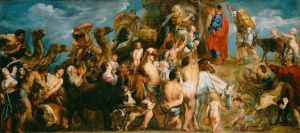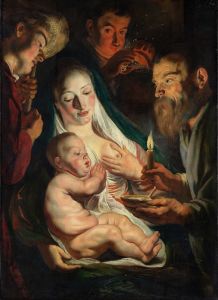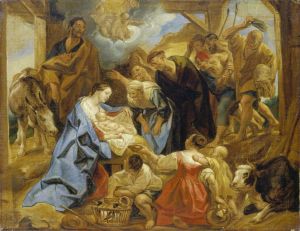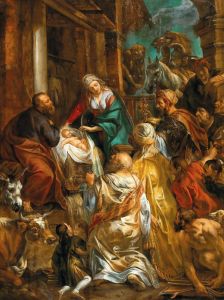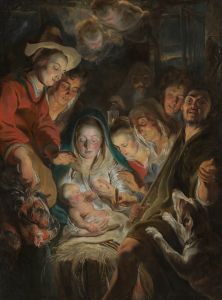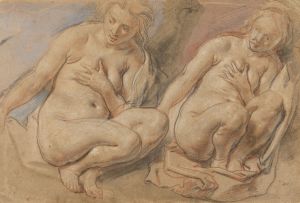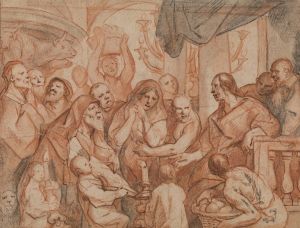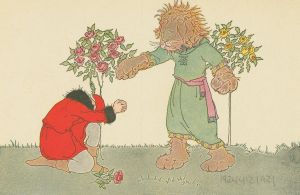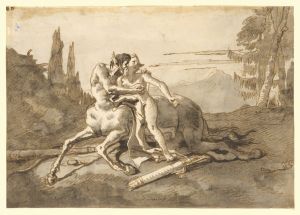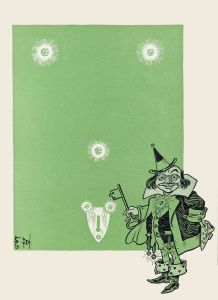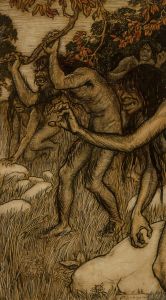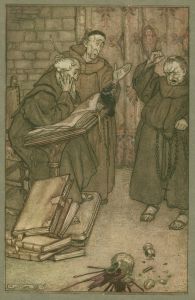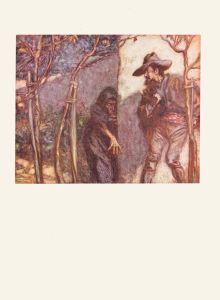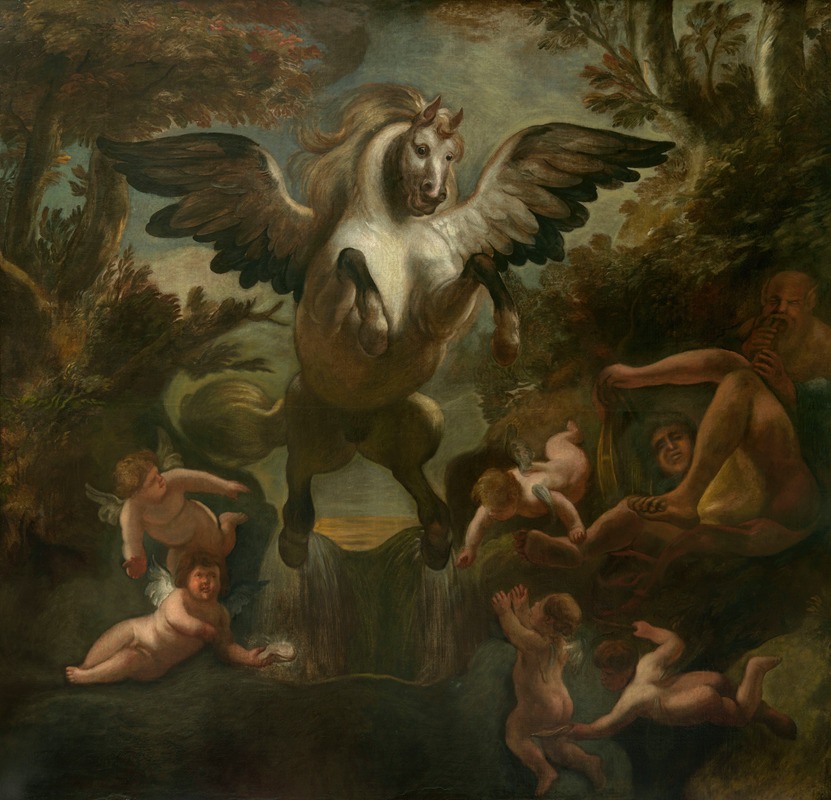
Pegasus
A hand-painted replica of Jacob Jordaens’s masterpiece Pegasus, meticulously crafted by professional artists to capture the true essence of the original. Each piece is created with museum-quality canvas and rare mineral pigments, carefully painted by experienced artists with delicate brushstrokes and rich, layered colors to perfectly recreate the texture of the original artwork. Unlike machine-printed reproductions, this hand-painted version brings the painting to life, infused with the artist’s emotions and skill in every stroke. Whether for personal collection or home decoration, it instantly elevates the artistic atmosphere of any space.
Jacob Jordaens was a prominent Flemish Baroque painter, known for his vibrant use of color and dynamic compositions. However, there is no widely recognized painting titled "Pegasus" by Jacob Jordaens. Jordaens is more commonly associated with works that depict scenes from mythology, religion, and everyday life, often infused with a sense of humor and vitality.
Jordaens was born in Antwerp in 1593 and became one of the leading painters in the city after the death of Peter Paul Rubens. He was part of the Flemish Baroque tradition, which was characterized by dramatic expressions, rich color palettes, and a focus on realism. Jordaens' work often included large-scale compositions and was known for its robust figures and lively scenes.
While Jordaens did not create a painting specifically titled "Pegasus," he did engage with mythological themes throughout his career. Pegasus, the winged horse from Greek mythology, is a symbol of inspiration and poetic genius. In the broader context of art, Pegasus has been depicted by various artists as a majestic creature, often associated with the Muses and the arts.
Jordaens' mythological works often drew from classical sources and were infused with his distinctive style. His paintings typically featured strong chiaroscuro, a technique that uses contrasts between light and dark to achieve a sense of volume and three-dimensionality. Jordaens' ability to convey texture and movement made his mythological scenes particularly engaging.
In the absence of a specific painting titled "Pegasus" by Jordaens, it is important to consider his overall contribution to the Baroque period and his influence on the depiction of mythological subjects. Jordaens' works are celebrated for their ability to capture the human condition, often with a touch of humor and a keen eye for detail.
Jordaens was also known for his ability to work across different media, including tapestry design and printmaking, which allowed him to reach a wide audience. His works were highly sought after during his lifetime, and he received numerous commissions from both religious and secular patrons.
In summary, while there is no specific painting titled "Pegasus" by Jacob Jordaens, his body of work includes many mythological themes that reflect his mastery of the Baroque style. His paintings are characterized by their dynamic compositions, vibrant colors, and a deep understanding of human emotion and storytelling. Jordaens remains an important figure in the history of art, known for his ability to bring mythological and everyday scenes to life with his distinctive artistic vision.





